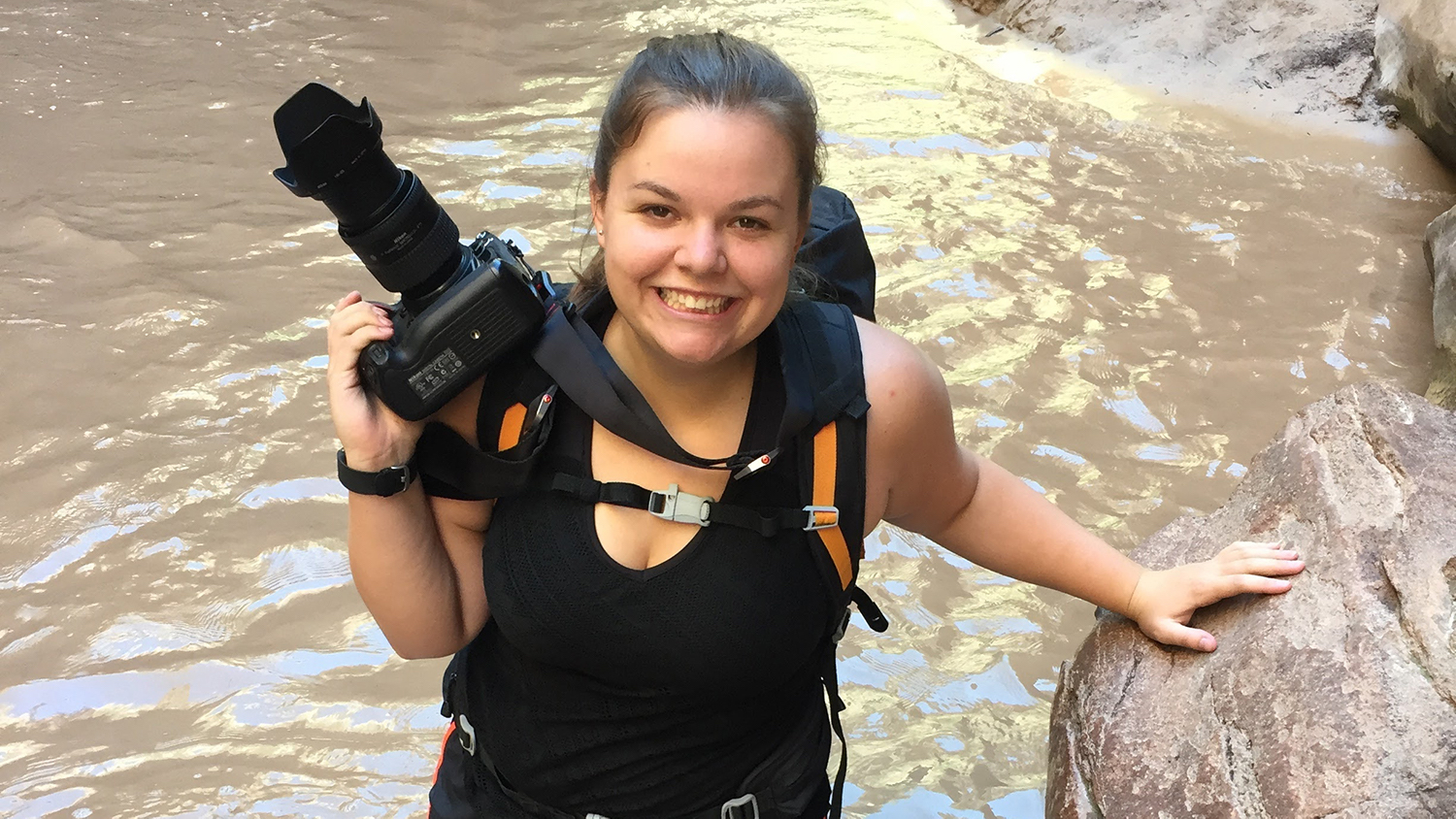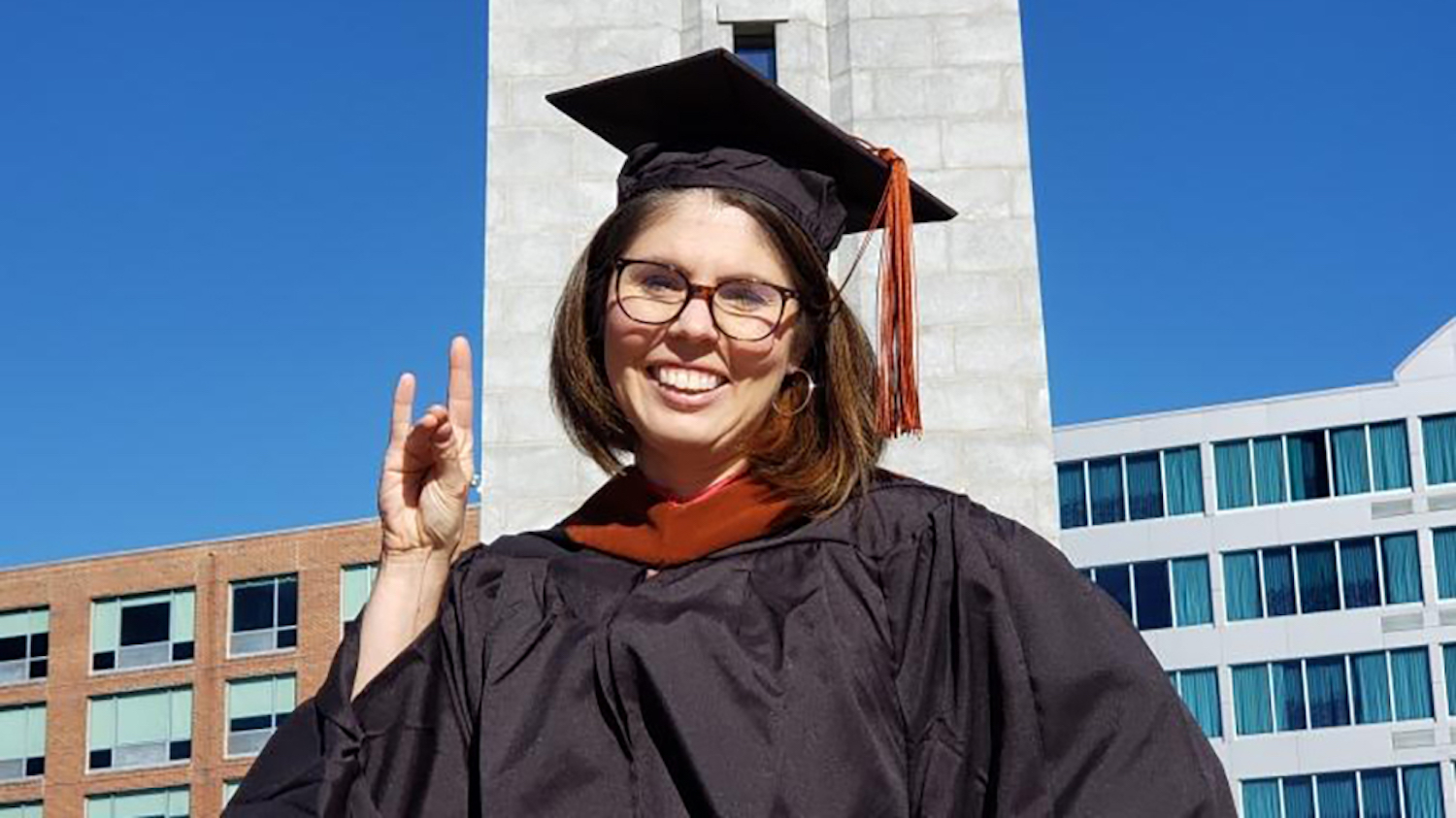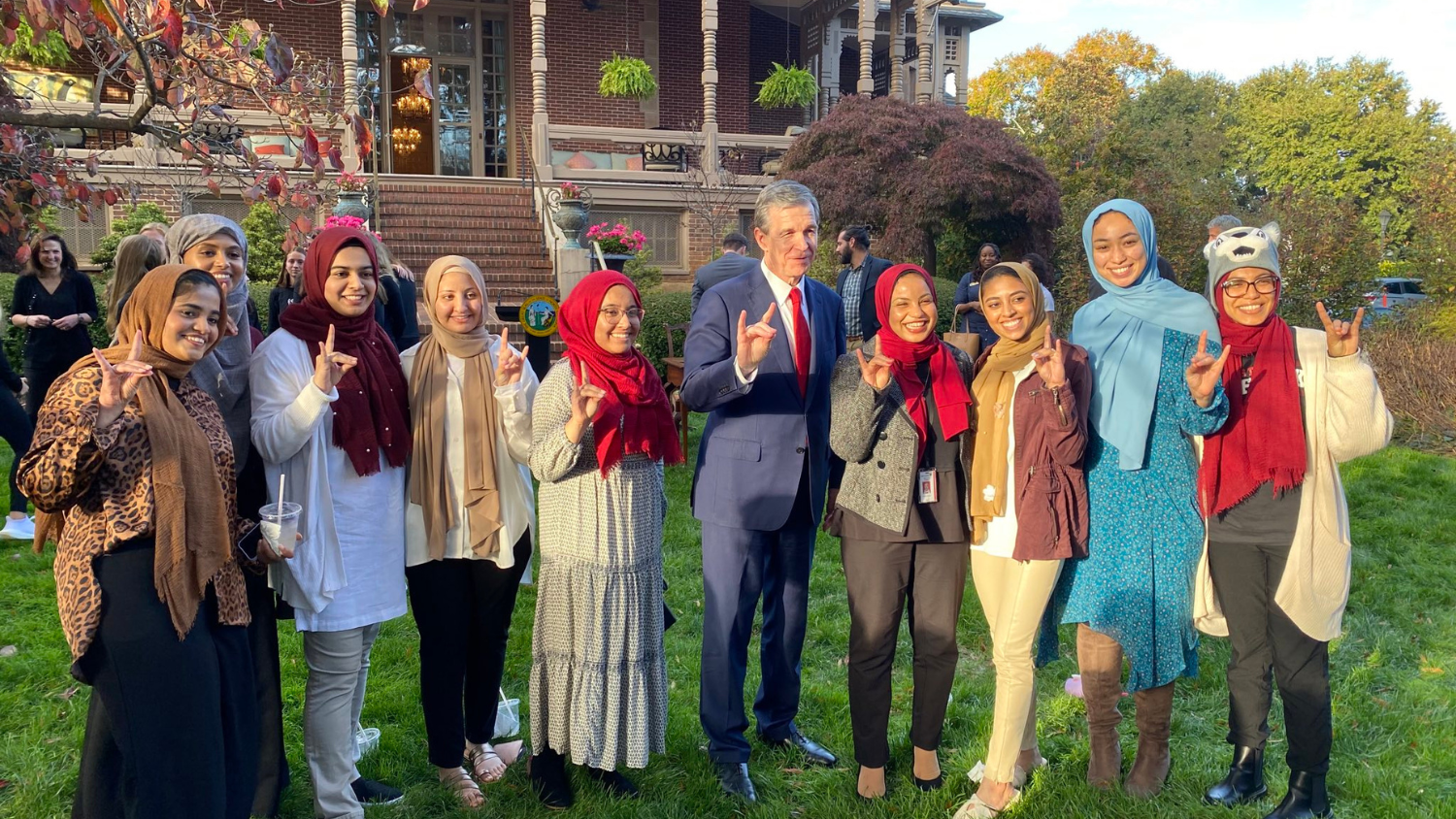Julia Jacobs graduated from the NC State College of Natural Resources in 2017 with a major in natural resources and minors in wildlife science and applied ecology. She is currently pursuing a master’s degree in communication sciences and disorders to become a speech-language pathologist.
Following graduation, Jacobs joined Americorps, through which she recently helped to coordinate the Girls in Science program at the North Carolina Museum of Natural Sciences in Raleigh.
The Girls in Science program, which was launched by the museum in 1992, aims to increase girls’ interest and comfort in various science, technology, engineering and math (STEM) paths and science subjects.
While STEM is a growing occupational option, women are still vastly underrepresented. In fact, data from the U.S. Census Bureau shows that women only make up 28% of the workforce. This lack of representation is partly the result of girls losing interest in science as they get older due to a lack of mentors and role models, according to Jacobs.
“Data shows that middle school students start weeding out specific fields that they assume they will not be successful in based on how they are currently doing in specific subjects,” Jacobs said. “Hearing personal stories from women in science fields helps to eliminate this thinking and keeps these fields as possible options for future exploration.”
The Girls in Science program hosts weekly sessions that allow middle school-aged girls to meet a woman in science or other STEM professions, hear her story and engage in fun, hands-on activities related to her career.
We recently spoke with Jacobs to learn more about her experience as a woman in the field of science and her effort to close the gender gap in STEM occupations.
Why did you decide to pursue a STEM degree?
I was very interested in science, in particular wildlife and conservation. I grew up with a very science-oriented family and loved spending time outdoors. As a child, I loved exploring nature and I was always asking questions so the field of natural resources was a perfect fit for me. Throughout various experiences, I found that I value working with others to help teach them and encourage them to grow their comfort levels where they might not otherwise feel confident. That encouraged me down my current path of pursuing a master’s degree in speech-language pathology.
How did the College of Natural Resources prepare you for your work with Girls in Science and your future career?
Through my major and minors, I was able to take a wide variety of sciences courses at NC State. Taking classes beyond basic biology and chemistry was eye opening and fascinating to me. I found a community of people who shared my passion for wildlife conservation and my comfort presenting and teaching grew greatly during my time in the College of Natural Resources. The broad knowledge base and a comfort and passion when teaching about conservation helped greatly with Girls in Science. In a time that fitting in can be hard, I worked to make sure the students saw that being excited about science was not only ok but highly encouraged, and the College of Natural Resources helped show me the same during my time there.
What was your role with the Girls in Science program?
My role as an AmeriCorps member was to help run teen programming. I worked with the Junior Curator and Junior Interpreter programs, but my main focus was Girls in Science. I ran the in-museum program and was responsible for coordinating speakers to come to speak to the girls as well as creating hands-on activities for each of the meetings. Additionally, I was in charge of Girls in Science outreach at two local middle schools and did the presentations and activities myself.
How did you connect girls with STEM during your time with the program?
I had a wide range of programs throughout each session of Girls in Science. My goal was to cover a variety of fields including some lesser-known professions. For example, during the outreach program, we would do a week talking about paleontology and discuss various dinosaurs and information about them. In addition, I had access to specimens to bring to the classroom for the students to be able to explore hands-on examples. For the activity I brought ‘fossil dirt’ and the students would sort through it and find examples of shark’s teeth and other fossils that they then worked to identify.
Do you know how many girls you were able to reach through the program?
During my time with AmeriCorps I reached around 60 girls in two outreach cycles and one in-museum cycle. There are no official numbers, but the estimate is that the program has reached around 1,800 girls in the program’s 29 years. There are several examples of museum interns and even a staff member who started as a Girls in Science participants when they were in middle school.
What does the future of the program look like?
While I am no longer with the program, they have continued to adapt Girls in Science for the current societal needs, and I hope to continue to encourage girls to pursue science. The museum has created a virtual Girls in Science program and was able to reach a broader audience with this new format. In fact, it was successful enough that they are adding a second cycle for this year.
- Categories:



